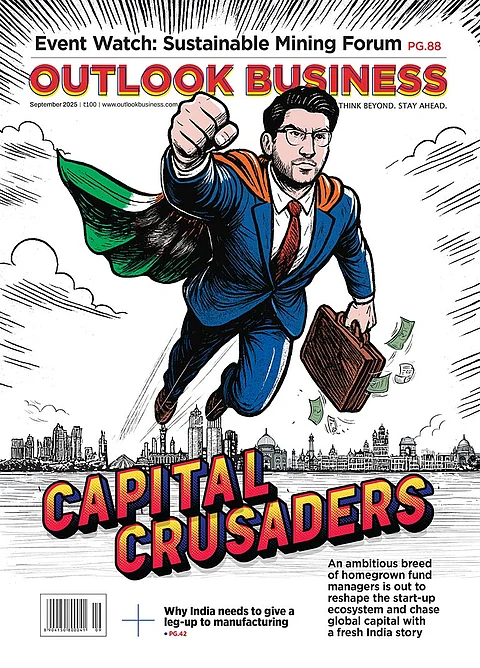Kishore Biyani is a storied entrepreneur, having introduced modern retail to India. His inability to hold on to his business empire once again drives home the fragility of entrepreneurship.
By construct, entrepreneurs take disconcerting risks, especially when there isn’t much to lose as they chase a dream against all odds. But as they grow, and there is substantially more at stake, the natural tendency must be to work towards protecting what has been created.
To them, Nassim Nicholas Taleb recommends becoming anti-fragile. To be anti-fragile is to be able to withstand shock and come out stronger. The first step towards that is to shed all things that make one fragile. As Taleb explains, you cannot improve your health without reducing disease or increase wealth without steering clear of losses. And with the benefit of hindsight, in Biyani’s case, minimising leverage, having known that it could kill you.
Biyani seemed to set out on that path to building robustness after 2012, when he averted an liquidity crisis by selling his most profitable business, and started his second innings. He appeared to have learnt his lesson, admitting that unbridled expansion was not a good idea. “Big does not equal great and great does not equal big,” he had remarked then.
But he did not quite walk that path. He resumed his chase for scale once again in 2014 — this time on uncharted territory, with bigger and bolder steps. Biyani’s pursuit was always to dominate retail in India. Once he dominated distribution, the assumption was that he could sell everything and capture the lion’s share of consumers’ wallet. While the simplicity of that thought was unquestionable, simple ideas are not necessarily easy to execute.
One of the ways to achieve anti-fragility is the whole idea of 'fail fast', the principle on which Silicon Valley thrives. Biyani, in a way, ran his operating companies like a venture-funded start-up that chased market share to keep competition out, with his holding companies allocating capital to dozens of ideas. There were two problems with that. One, there was no perennial fountain of cash that could compensate for a dozen failed ideas. Second, there was too much reliance on debt even when the business models remained unproven.












 Just one email a week
Just one email a week